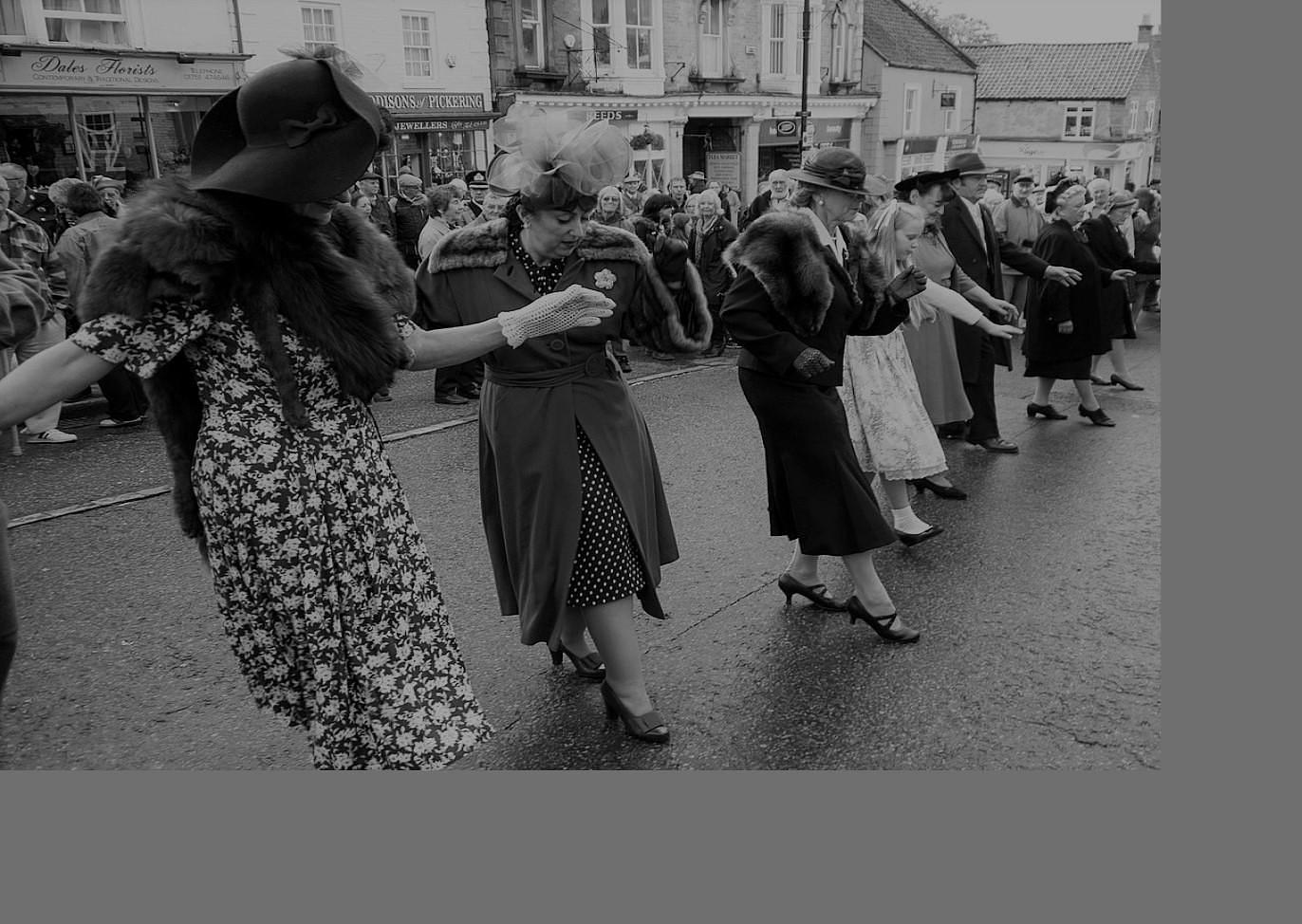Part of the job of a user researcher when it comes to journey mapping and service design is to extract explicit meaning from sometimes abstract or ephemeral experiences. Another group of people who must do this every day, are the folks developing dictionary meanings. It’s often very, well… “grounding”, so see what the folks at Oxford University Press have to say about things.
Here’s one definition that made me laugh:
NOUN British A group dance performed in a circle with a synchronised shaking of the limbs in turn, accompanied by a simple song.
In case you didn’t spot it, it’s the Hokey Cokey. Pretty much a global phenomenon since it originated back in 1826, and as much a staple at children’s parties as jelly and ice cream.
You can tell that developing this meaning probably entailed a bit of collaboration and discussion, can’t you (and possibly a bit of fun)?
I used the Hokey Cokey gratuitously in a recent presentation at NatWest’s AgileFest, where I spoke about Customer Journey mapping. This type of exercise unfortunately often exists as a way of mapping touchpoints or transactions, rather than real lived, colourful experience. It’s often a strategic exercise with a focus on abstraction and description – rather like achieving a dictionary meaning - instead of really focusing on the understanding, the empathy or practical change. As we go down the rabbit hole of personas and research and analytics and mapping, we often forget the humans at the heart of this.
So, I suggested that in tackling journey mapping, you might approach it in one of two ways.
Either with the whole self in – taking into account the human being with all their messiness.
Or, perhaps controversially, the whole self out?
If your goal is deep understanding, I do think it’s time that we move away from synthesised thinking of service users, personas or customers and instead, bring a human’s brain, being, context and history to the scenario and see what this really tells us.
By doing this, we often find subtleties in the story – that our service doesn’t just have pain points, it’s generationally out-of-synch. Or that our service has triggered unintended emotional responses that prevent the desired engagement.
This is deep stuff and requires tenacity and commitment to uncover. So, maybe let’s just leave out the humans completely?
Often there’s huge value to be had in looking at just one aspect of the journey in question. Map the data flows for example – that will soon tell you of pinch points, or inefficiencies, or even opportunities you might be missing. Do a deep dive into complaints data. You might feel the need of a flak jacket here – worth it for the patterns you might uncover.
So, in the Hokey Cokey of journey mapping, are you after outputs or real, deep understanding?
Either way, it makes sense to consider whether you’re going to put keep the whole person in or out? Because, after all (ahem, drumroll please…)
That’s what it’s all about!


